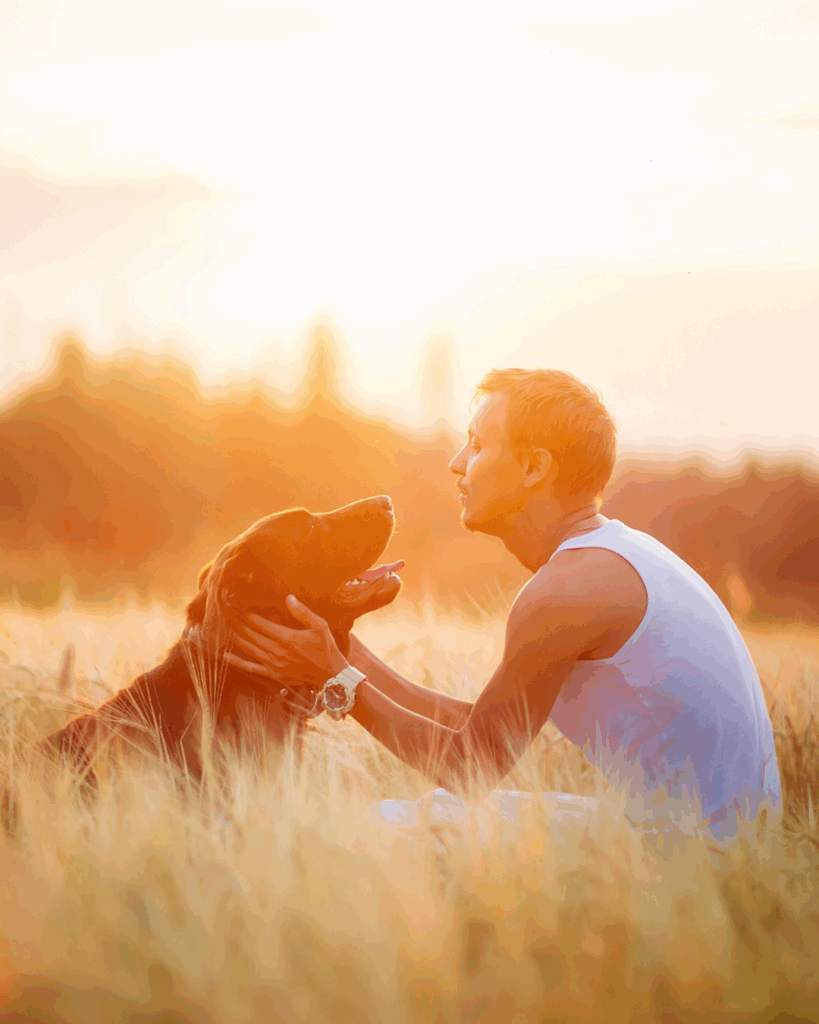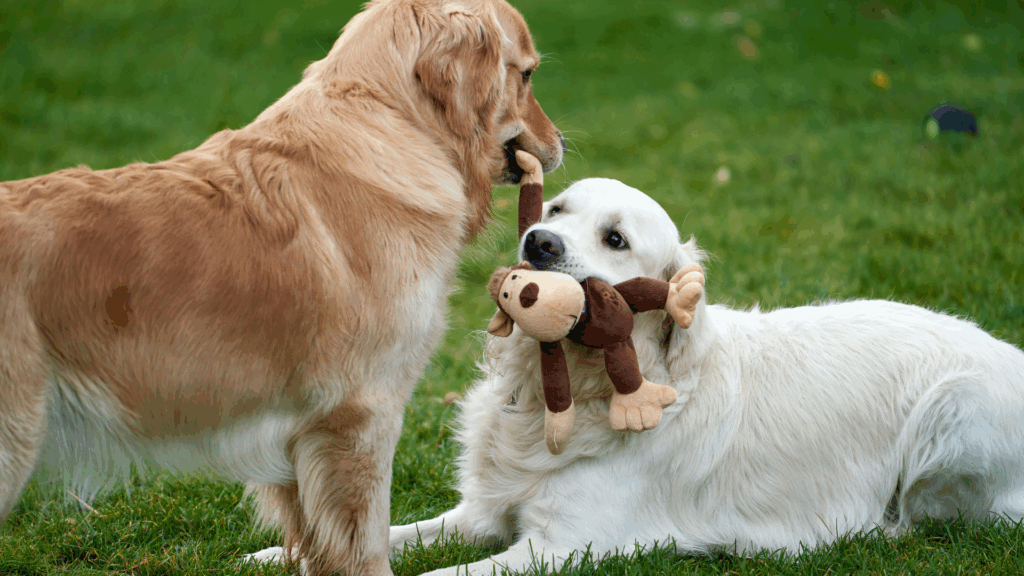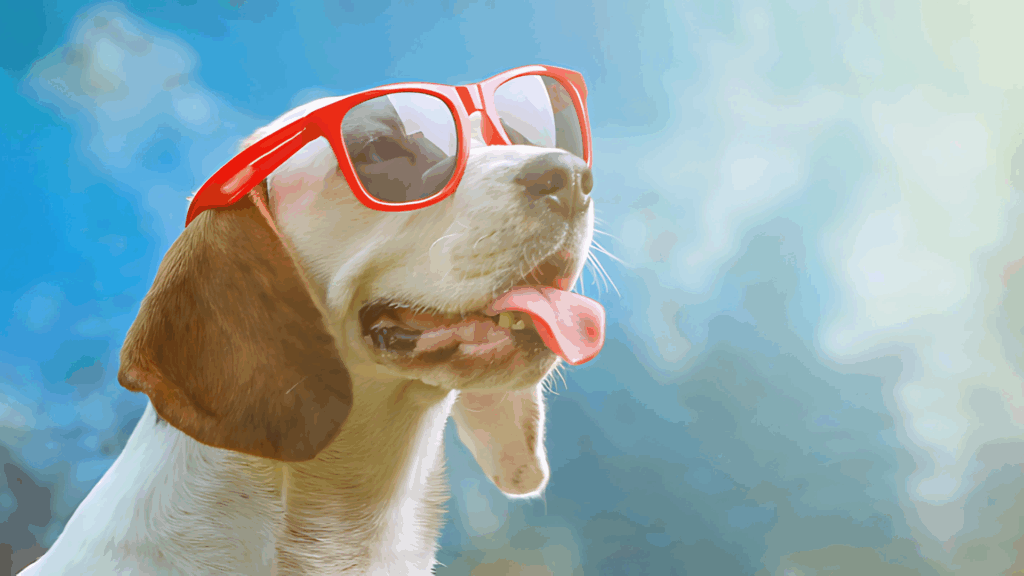Here at Be the Boss Dog Training we are a little more strict about what types of chew toys our dogs are allowed to have. Before we were totally awesome at being dog parents we made a lot of mistakes.
One of them was giving our boxer mix soft cloth toys.
Not only would he destroy them, but he would ingest little bits of cotton as well. Over time his poor little tummy was filled with cotton and other material and he had to have a major surgery. He was miserable, and sick, and the recovery was long and broke our hearts.
The types of toys we have in our home changed drastically after that.
Please be aware, that we have designated MONITORED chew times at our home. Meaning my dogs know when it is evening time because that’s when we take the toys out for them to chew on. We make sure each dog has their OWN space so there is no possibility of resource guarding.
If you have resource guarding over food or toys going on in your home then you need to be even more careful. Chew times should be in the crate with the door closed for each dog.
Right now we buy our dogs any rubber Kong toys and any of the big Nylabone toys. We love the rubber Kong toys (especially the black ones since they are the toughest) because we can put peanut butter in the holes, freeze them, and our dogs have a tasty treat for awhile. We only do this about once a month because we like to keep our dogs healthy and fit.
We also like the Nylabone chew bones because they are hard and if my dogs manage to get any plastic off of them it is in teensy weensy pieces that I’m not worried about.
The pictures above are both kinds of toys we have, and I have included a link below if you would like to purchase them.
Remember, cloth toys can be dangerous and we do not have them here at our home. Have designated chew times, and make sure each dog is safe and has their own space.
Thank you for reading!





